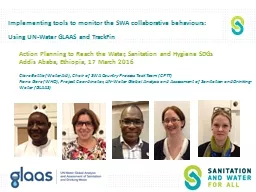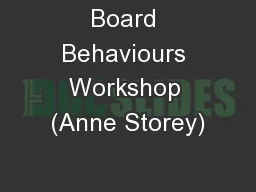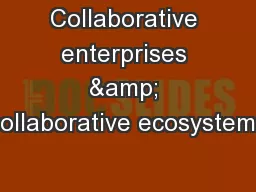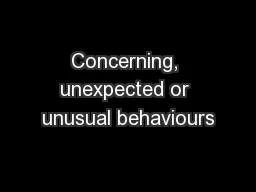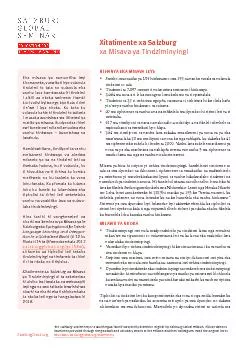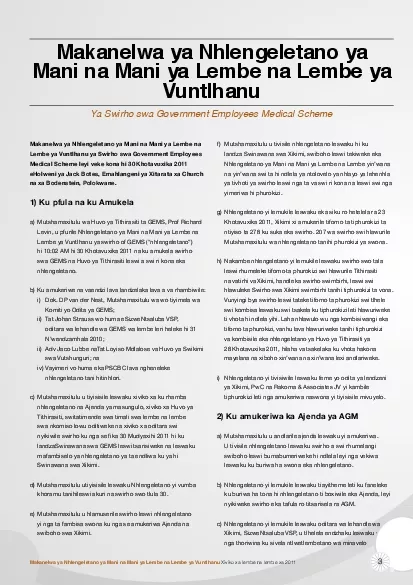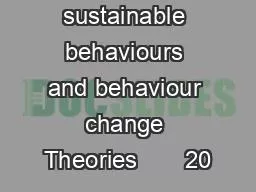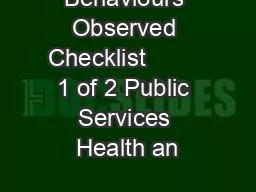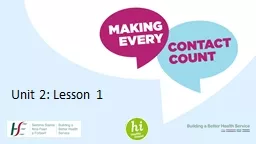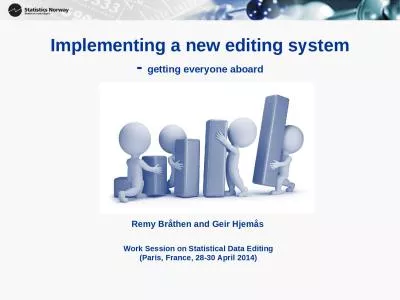PPT-Implementing tools to monitor the SWA collaborative behaviours:
Author : liane-varnes | Published Date : 2019-11-06
Implementing tools to monitor the SWA collaborative behaviours Using UNWater GLAAS and TrackFin Session 4 Monitoring government and partner behaviour Action Planning
Presentation Embed Code
Download Presentation
Download Presentation The PPT/PDF document "Implementing tools to monitor the SWA co..." is the property of its rightful owner. Permission is granted to download and print the materials on this website for personal, non-commercial use only, and to display it on your personal computer provided you do not modify the materials and that you retain all copyright notices contained in the materials. By downloading content from our website, you accept the terms of this agreement.
Implementing tools to monitor the SWA collaborative behaviours:: Transcript
Download Rules Of Document
"Implementing tools to monitor the SWA collaborative behaviours:"The content belongs to its owner. You may download and print it for personal use, without modification, and keep all copyright notices. By downloading, you agree to these terms.
Related Documents

